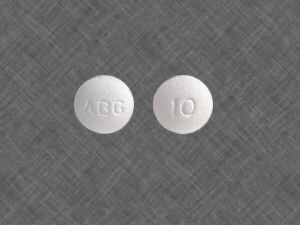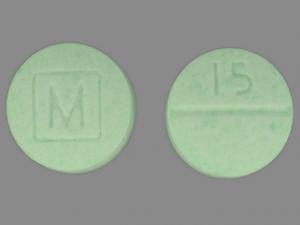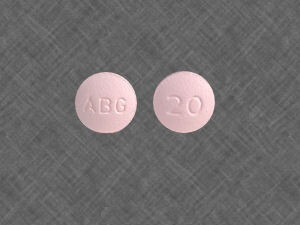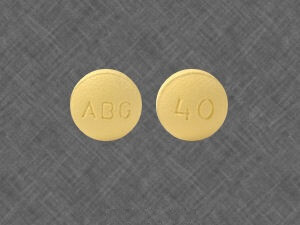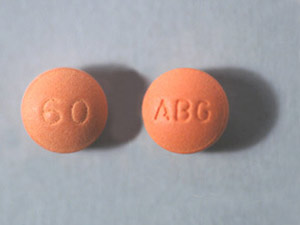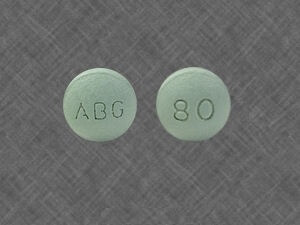Category: Buy Oxycodone Online
Showing all 8 results
What is Oxycodone?
Oxycodone helps in relieving moderate to severe pain. It belongs to a class of drugs known as opioid analgesics. It changes the way your body feels and responds to pain. Oxycodone comes as a generic drug and also as a brand-name drug. It is available in the following brand names: Oxaydo, Roxicodone, Roxybond, and Oxycontin. Oxycodone is available in five forms which include:
- immediate-release tablet
- extended-release tablet
- immediate-release capsule
- extended-release capsule
- solution
Oxycodone immediate-release tablets are available as generic drugs. However, the generic version is not available for the extended-release tablets. Oxycodone is available in several forms, which include liquid, concentrated solution, tablet, and capsule. All forms of oxycodone are available in many pharmacies. You can easily order oxycodone online with a prescription.
Types of Oxycodone
Oxycodone comes in the following strengths:
- 5 mg
- 10 mg
- 15 mg
- 20 mg
It is also available as the brand name drug in the following strengths:
- Oxaydo: These tablets come in 5 mg and 7.5 mg strengths.
- Roxicodone: These tablets come in the following strengths 5 mg, 15 mg, 30 mg.
- Roxybond: These tablets are available in 5 mg, 15 mg, and 30 mg.
- OxyContin: These tablets are available in 10 mg, 15 mg, 20 mg, 30 mg, 40 mg, 60 mg, 80 mg.
Dosage for moderate to severe pain
Immediate-release tablets
Adult dosage (18 to 64 years): The typical starting dose of oxycodone immediate-release tablets for adults can range from 5 mg to 15 mg taken every 4-6 hours as needed. Child dosage (0 to 17 years): This drug is not for children below 17 years of age.
Extended-release tablets
Adult dosage (18 to 64 years): The typical starting dose of oxycodone extended-release tablets for adults should be 10 mg taken every 12 hours. Child dosage (11 to 17 years): Only certain children in this age range should take oxycodone extended-release tablets. Children who have taken and tolerated opioid medicines for at least five days in a row can use these tablets. The dosage will depend on the opioid drug the child has already taken.
What are the uses of Oxycodone?
Oxycodone helps in reducing moderate to severe acute pain. It is effective for many types of pain, which includes:
- paroxysmal spontaneous pain
- steady pain
- allodynia associated with postherpetic neuralgia
- cancer-related chronic pain
How to take Oxycodone?
The dosage of this medicine will depend upon the following factors:
- age
- your medical condition
- response to treatment
- the severity of your condition
- other medical conditions you have
Do not increase the dose or take the medication more frequently or take it longer than the prescribed duration. Oxycodone may not work as well if used for a long time. People should take this medication by mouth as prescribed by their doctor. Take this medication with or without food. You can also take this medicine with food if you have nausea. Avoid consuming grapefruit or grapefruit juice while using oxycodone. It can increase the chance of side effects with this medicine. This drug may cause an addiction. The risk is higher in people who have drug or alcohol addiction. To lower the risk of addiction, take this medicine as prescribed. Stopping this drug suddenly may cause withdrawal. The risk is higher in people who use this medicine for a long time or in high doses. The withdrawal symptoms may include restlessness, mood changes, anxiety, trouble sleeping, thoughts of suicide, watering eyes, runny nose, nausea, diarrhea, sweating, muscle aches, or sudden changes in behavior.
What to know before taking Oxycodone?
Before taking this drug, tell your doctor if you are allergic to oxycodone or any other opioid pain relievers. Before taking this drug, tell your doctor if you ever had:
- mood disorders
- brain disorders
- liver disease
- kidney disease
- breathing problems
- stomach problems
- difficulty urinating
- gallbladder disease
- personal or family history of drug or alcohol abuse
Avoid drinking alcohol while using these drugs because it can make you more dizzy or drowsy. Old-age people may be more sensitive to the side effects of this medicine. Do not use this drug during pregnancy because it may harm an unborn baby. This drug passes into breastmilk and may have undesirable effects on your baby. The side effects may include unusual sleepiness, difficulty feeding, or trouble breathing.
What are the side effects of Oxycodone?
The common side effects of oxycodone include:
- nausea
- vomiting
- constipation
- lightheadedness
- dizziness
- drowsiness
- dry mouth
- sweating
- itching of the skin
- weakness
Severe side effects
- sleep apnea
- mood changes
- severe stomach pain
- difficulty urinating
- seizures
- severe breathing problems
Oxycodone can also cause some severe breathing problems, and the symptoms may include slowed breathing, very shallow breathing, fainting, dizziness, confusion, sleep-related breathing problems, such as sleep apnea. Oxycodone may lead to severely low blood pressure, and the symptoms can include dizziness or lightheadedness.
What to avoid while using Oxycodone?
Many drugs may interact with oxycodone. These are as follows:
- Buprenorphine
- Anesthesia drugs such as butorphanol, nalbuphine, and pentazocine
- Benzodiazepines such as diazepam, lorazepam, clonazepam, temazepam, or alprazolam
- Monoamine oxidase inhibitors (MAOIs), such as tranylcypromine, isocarboxazid, phenelzine, or selegiline
- Antipsychotic drugs, such as chlorpromazine and prochlorperazine, or thioridazine.
- Antidepressants such as doxepin, fluvoxamine, duloxetine, and venlafaxine.
- Hypnotics such as zolpidem, temazepam, or estazolam.
- Muscle relaxants such as cyclobenzaprine, baclofen, or methocarbamol
- Anticholinergic drugs, such as atropine, scopolamine, or benztropine
- Antifungal drugs such as voriconazole or ketoconazole
- Antibiotics such as erythromycin or clarithromycin
Avoid consuming alcohol while taking oxycodone because it can increase the side effects of oxycodone. Avoid consuming grapefruit or grapefruit juice while using this drug because it may worsen the side effects of oxycodone.

